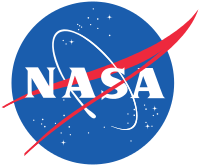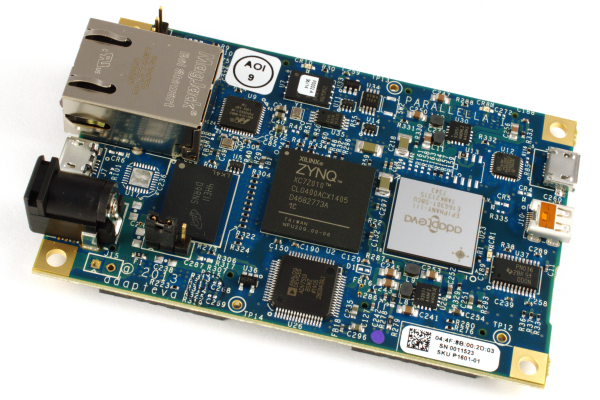
Researchers Rozier, Schumann, and Ippolito at NASA Ames Research Center has published an impressive report showing the use of the Parallella for on board health management of the Dragon Flye UAS. It’s not Mars, but it’s a good start! One way or another, I am going to make sure that Parallella makes it into space.
ARTICLE:
ABSTRACT:
Unmanned Aerial Systems (UAS) can only be deployed if they can effectively complete their mission and respond to failures and uncertain environmental conditions while maintaining safety with respect to other aircraft as well as humans and property on the ground. We propose to design a real-time, onboard system health management (SHM) capability to continuously monitor essential system components such as sensors, software, and hardware systems for detection and diagnosis of failures and violations of safety or performance rules during the ight of a UAS. Our approach to SHM is three-pronged, providing: (1) real-time monitoring of sensor and software signals; (2) signal analysis, preprocessing, and advanced on-the- y temporal and Bayesian probabilistic fault diagnosis; (3) an unobtrusive, lightweight, read-only, low-power hardware realization using Field Programmable Gate Arrays (FPGAs) in order to avoid overburdening limited computing resources or costly re-certi cation of ight software due to instrumentation. No currently available SHM capabilities (or combinations of currently existing SHM capabilities) come anywhere close to satisfying these three criteria yet NASA will require such intelligent, hardwareenabled sensor and software safety and health management for introducing autonomous UAS into the National Airspace System (NAS). We propose a novel approach of creating modular building blocks for combining responsive runtime monitoring of temporal logic system safety requirements with model-based diagnosis and Bayesian network-based probabilistic analysis. Our proposed research program includes both developing this novel approach and demonstrating its capabilities using the NASA Swift UAS as a demonstration platform.

